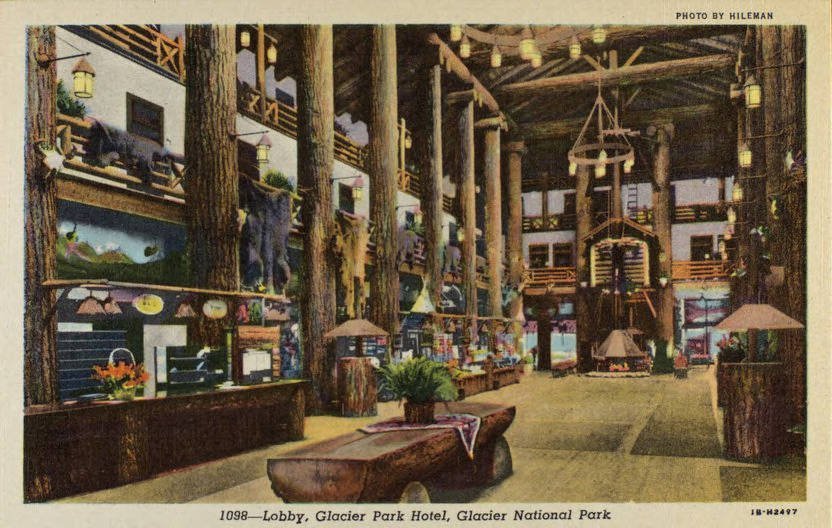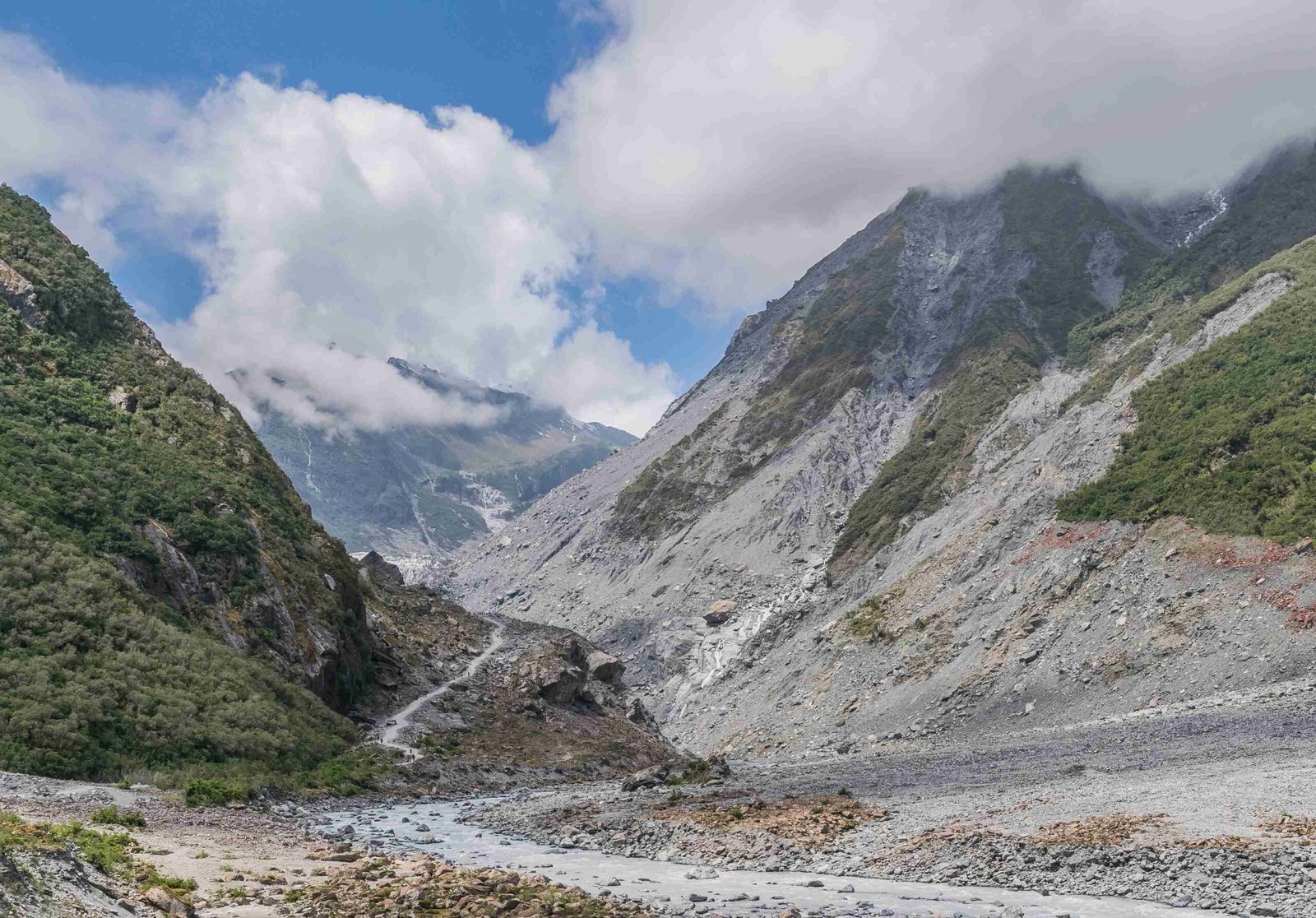Glacier National Park’s autumn foliage changes transform the landscape into a breathtaking canvas of vibrant colors. From mid-September to late October, the park’s diverse flora undergoes a spectacular metamorphosis, painting the valleys and mountainsides with hues of gold, orange, and crimson. This natural spectacle attracts visitors from around the world, offering a unique opportunity to witness the park’s beauty in its most colorful season. The changing leaves, combined with the park’s dramatic landscapes, create an unforgettable experience for nature enthusiasts and photographers alike.
When Does the Autumn Foliage Change in Glacier National Park?

The autumn foliage change in Glacier National Park typically occurs from mid-September to late October. However, the exact timing can vary depending on weather conditions and elevation. Here’s a breakdown of what to expect during this period:
- Mid-September to Early October:
- Initial color changes begin
- Aspens, cottonwoods, and birch trees turn yellow and orange
-
Average temperatures: 40°F to 65°F (4°C to 18°C)
-
Late September:
- Peak fall foliage period
- Most vibrant colors throughout the park
-
Average temperatures: 35°F to 55°F (2°C to 13°C)
-
Early to Mid-October:
- Western larch trees turn amber
- Cooler temperatures: 25°F to 45°F (-4°C to 7°C)
- Some trails and facilities may begin to close
It’s important to note that these dates are approximate and can shift based on annual weather patterns. For the most accurate information, it’s advisable to check with the park’s visitor centers or official website closer to your planned visit.
Where Are the Best Spots to View Autumn Foliage in Glacier National Park?

Glacier National Park offers numerous locations to witness the stunning autumn foliage. Here are some of the best spots:
- Going-to-the-Sun Road
- 50-mile scenic drive
- Panoramic views of colorful valleys and mountains
- Open until mid-October (weather permitting)
-
Accessibility: Driving with stops at viewpoints
-
Scenic Point Trail
- 7.7-mile trail near East Glacier
- Passes through forests, waterfalls, and creeks
- Difficulty: Moderate
-
Accessibility: Hiking from East Glacier trailhead
-
Highline Trail
- Starts at Logan Pass
- Follows the Continental Divide
- Difficulty: Moderate to challenging
-
Accessibility: Hiking from Logan Pass
-
Bowman Lake
- Located in the North Fork area
- Surrounded by lush, colorful forests
-
Accessibility: Car access via unpaved road
-
Many Glacier Road
- 12-mile drive from Highway 89 to Swiftcurrent Lake
- Tree-lined route with vibrant fall colors
- Accessibility: Driving
Each of these locations offers a unique perspective on the park’s autumn beauty, from sweeping vistas to intimate forest trails.
What Should I Pack for Viewing Autumn Foliage in Glacier National Park?
When preparing for your autumn foliage viewing trip to Glacier National Park, it’s essential to pack appropriately for the weather and activities. Here’s a suggested packing list:
| Category | Items |
|---|---|
| Clothing | – Warm layers (fleece, wool sweaters) – Waterproof jacket – Warm hat and gloves – Sturdy hiking boots – Warm socks |
| Equipment | – Binoculars – Camera with extra batteries – Daypack – Reusable water bottle – Headlamp or flashlight |
| Safety | – First aid kit – Bear spray – Map and compass (or GPS device) – Emergency blanket |
| Miscellaneous | – Snacks and energy bars – Sunglasses and sunscreen – Insect repellent – Hand sanitizer |
Remember that weather conditions can change rapidly in the mountains, so it’s crucial to be prepared for various scenarios.
How Can I Photograph Autumn Foliage in Glacier National Park?
Capturing the beauty of Glacier National Park’s autumn foliage requires some preparation and technique. Here are some tips for photographing the fall colors:
- Timing is key:
- Plan to shoot during the golden hours (just after sunrise and before sunset) for the best light.
-
Overcast days can provide even lighting for capturing vibrant colors.
-
Use a tripod:
-
Stabilize your camera for sharp images, especially in low light conditions.
-
Experiment with composition:
- Include foreground elements like rocks or fallen leaves to add depth.
-
Try both wide-angle shots for sweeping landscapes and close-ups for detail.
-
Adjust your white balance:
-
Use the “cloudy” or “shade” setting to enhance warm tones.
-
Consider using filters:
- A polarizing filter can reduce glare and enhance colors.
-
Neutral density filters allow for longer exposures, useful for capturing moving water.
-
Be patient:
- Wait for the right light and weather conditions.
-
Sometimes, brief moments of sunlight breaking through clouds can create dramatic scenes.
-
Respect the environment:
- Stay on designated trails to protect fragile ecosystems.
- Follow Leave No Trace principles.
Remember to bring extra batteries and memory cards, as the beautiful scenery may inspire you to take more photos than anticipated.
What Wildlife Can I Expect to See During Autumn in Glacier National Park?
Autumn in Glacier National Park is not only about colorful foliage but also an excellent time for wildlife viewing. Here’s a list of animals you might encounter:
- Grizzly and Black Bears: Actively foraging before hibernation
- Elk: Rutting season, with bulls bugling
- Bighorn Sheep: Often seen on rocky slopes
- Mountain Goats: Visible on high mountain areas
- Mule Deer: Common throughout the park
- Moose: Often found near wetlands and ponds
- Bald Eagles: Migrating through the area
- Various Bird Species: Including jays, woodpeckers, and waterfowl
When observing wildlife, always maintain a safe distance and use binoculars or telephoto lenses for closer views. Never approach or feed wild animals, as this can be dangerous for both you and the animals.
Are There Any Special Events or Programs During the Autumn Season in Glacier National Park?
While the autumn season in Glacier National Park is generally quieter than the peak summer months, there are still several events and programs available for visitors:
- Ranger-Led Hikes:
- Guided walks focusing on fall foliage and wildlife
- Available through mid-October
-
Check at visitor centers for schedules
-
Educational Programs:
- Talks on park ecology, geology, and history
-
Often held at campgrounds or visitor centers
-
Photography Workshops:
- Occasional workshops led by professional photographers
-
Focus on capturing autumn landscapes
-
Scenic Float Trips:
- Guided trips on the Flathead River
-
Offer unique perspectives on fall colors
-
Fly-Fishing Excursions:
- Guided fishing trips on park waters
-
Popular during the fall season
-
Harvest Festivals:
- In nearby communities, celebrating local produce and crafts
It’s advisable to check the park’s official website or inquire at visitor centers for up-to-date information on events and programs during your visit.
How Can I Plan a Sustainable Visit to See Autumn Foliage in Glacier National Park?
Planning a sustainable visit to Glacier National Park during the autumn foliage season is crucial for preserving this natural wonder for future generations. Here are some tips for an eco-friendly trip:
- Use Public Transportation:
- Utilize the park’s shuttle system when available
-
Reduces traffic congestion and carbon emissions
-
Practice Leave No Trace Principles:
- Pack out all trash
- Stay on designated trails
-
Respect wildlife and plant life
-
Choose Sustainable Accommodations:
- Look for lodges or campgrounds with eco-friendly practices
-
Consider staying in nearby communities to reduce impact on the park
-
Bring Reusable Items:
- Water bottles, food containers, and utensils
-
Reduces waste in the park
-
Support Local Businesses:
- Purchase from local artisans and restaurants
-
Contributes to the local economy
-
Volunteer:
-
Participate in park clean-up or restoration projects if available
-
Educate Yourself:
- Learn about the park’s ecosystem and conservation efforts
- Share knowledge with others to promote responsible tourism
By following these guidelines, you can enjoy the stunning autumn foliage while minimizing your environmental impact on this precious ecosystem.
In conclusion, experiencing the autumn foliage changes in Glacier National Park is a truly magical experience. From the vibrant colors painting the landscape to the crisp mountain air and potential wildlife sightings, it’s an adventure that showcases nature at its finest. By planning your visit thoughtfully and respecting the park’s natural beauty, you can create lasting memories while helping to preserve this incredible destination for future generations.
References:
1. https://seekingthenow.com/adventure/glacier-national-park-in-the-fall/
2. https://rove.me/to/glacier-national-park/fall-colors
3. https://glaciermt.com/fall-in-glacier-national-park